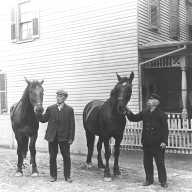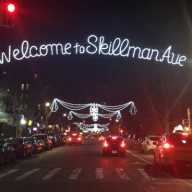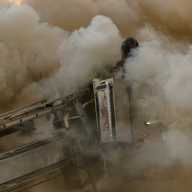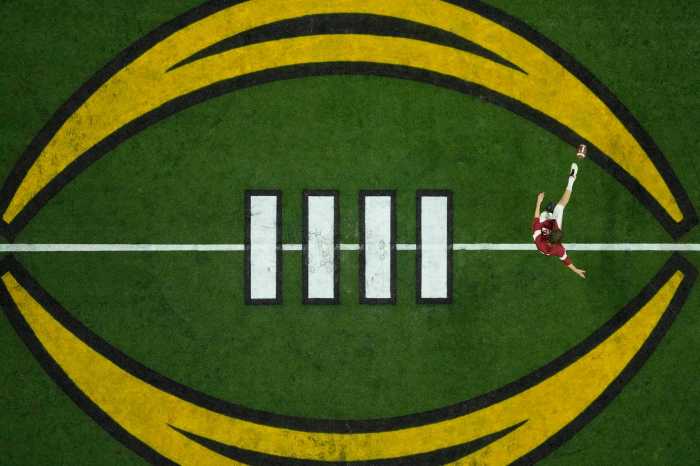The City has issued safety guidelines to protect your family against the destructive force of a hurricane.
That’s right, Queens residents could be in the path of the next hurricane. Here are tips offered by the Mayor’s Office of Emergency Management in its new brochure, "The New York City Guide to Hurricane Preparedness."
The Guide shows how to live without power and water for several days. Assemble a home survival kit containing the following items: flashlight, portable radio, extra batteries, first aid kit, prescription medication (5 to 7 day supply), non-perishable canned and ready to eat foods, manually operated can opener, one gallon of water per family member per day, infant care items, portable ice chest with ice, plastic garbage bags, plywood or other shuttering material for windows, cash (if power fails ATM’s and credit cards may be useless).
If you are going to an evacuation center you should pack only what you need to live for several days including home survival kit, important documents (insurance policies, photo ID, etc., sleeping bag or blanket, changes of clothing and personal hygiene items.)
Before you leave make sure that you do the following: secure windows with shutters or plywood, secure patio furniture and loose yard items, fill your auto gas tank, turn off electricity at the main switch, shut gas valve at the appliance, not the main and let friends, relatives or neighbors know where you are going.
You should also be certain that friends, relatives and neighbors with disabilities or special needs are aware of the danger and assist them if possible.
The Mayor’s Office of Emergency Management also cites the following frequently used terms:
• Hurricane Season — June 1 to Nov. 30.
• Hurricane Watch — issued when hurricane conditions are expected in a specified coastal area in 24 hours or less. Hurricane conditions including winds of 74 MPH or higher and/or dangerously high tides or waves.
• Storm Surge — a great dome of water often 50 miles wide pushed overland by the approaching eye of a hurricane. Storm surges can reach up to 37 feet in some locations of the City.






























